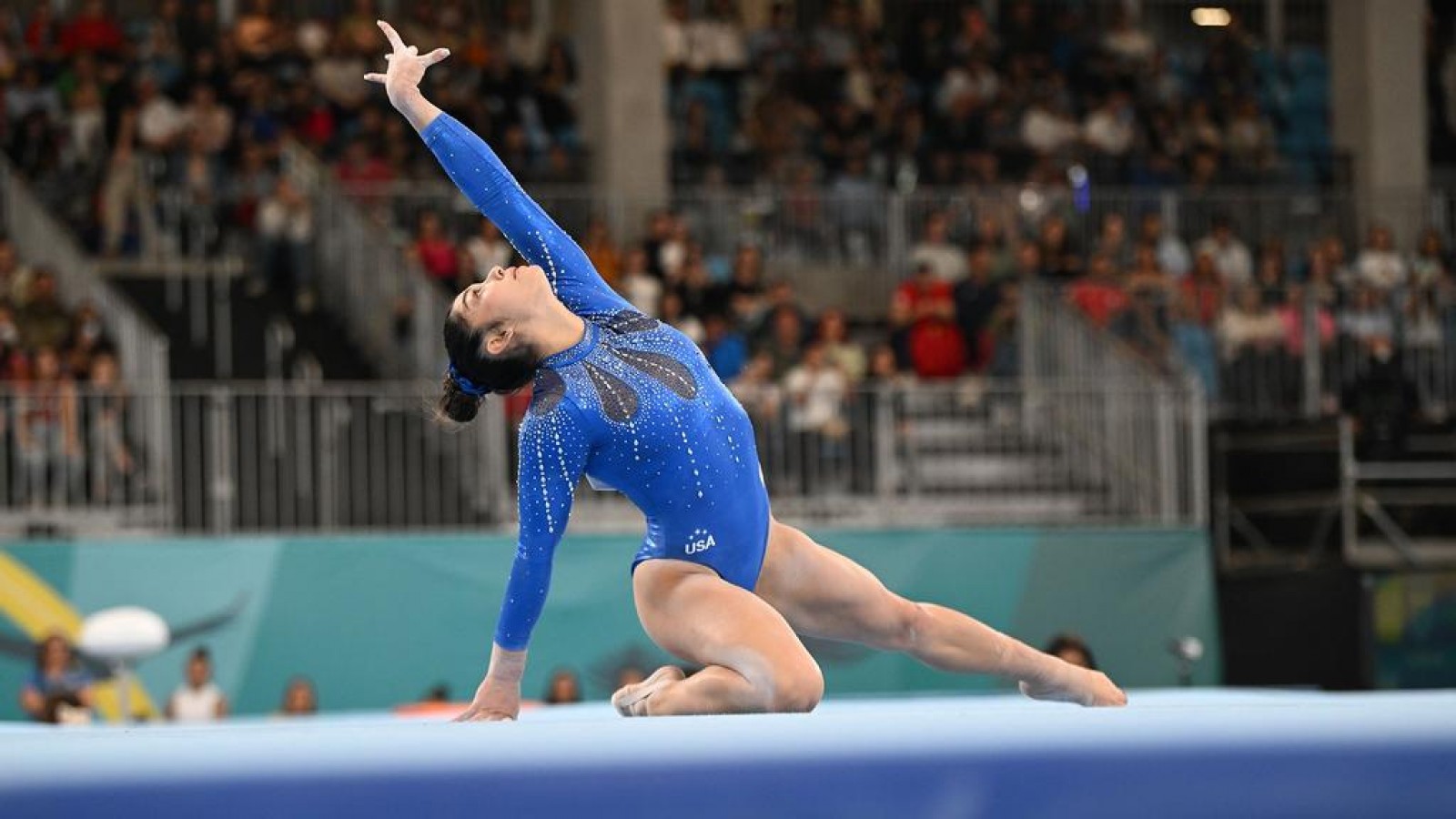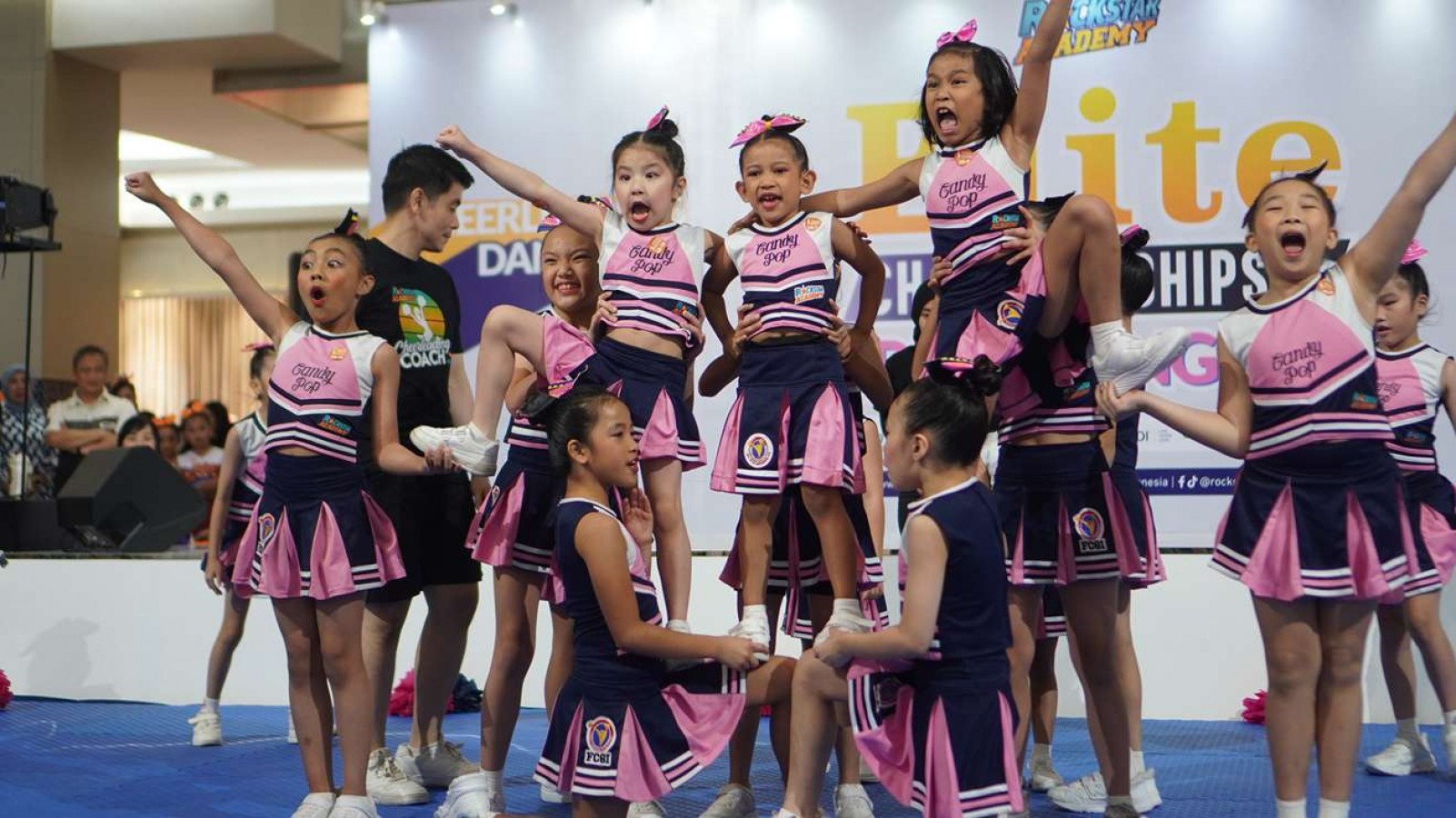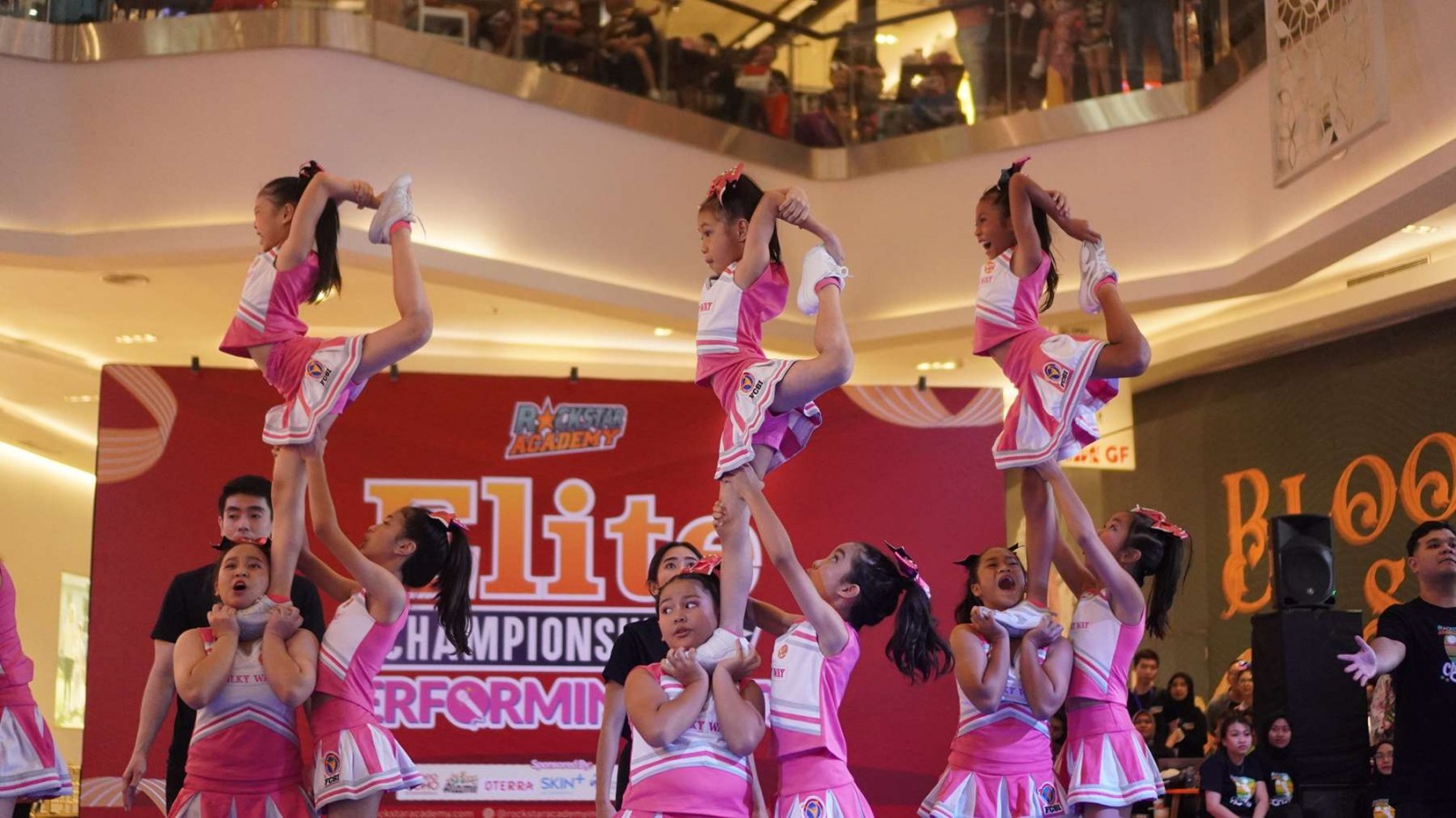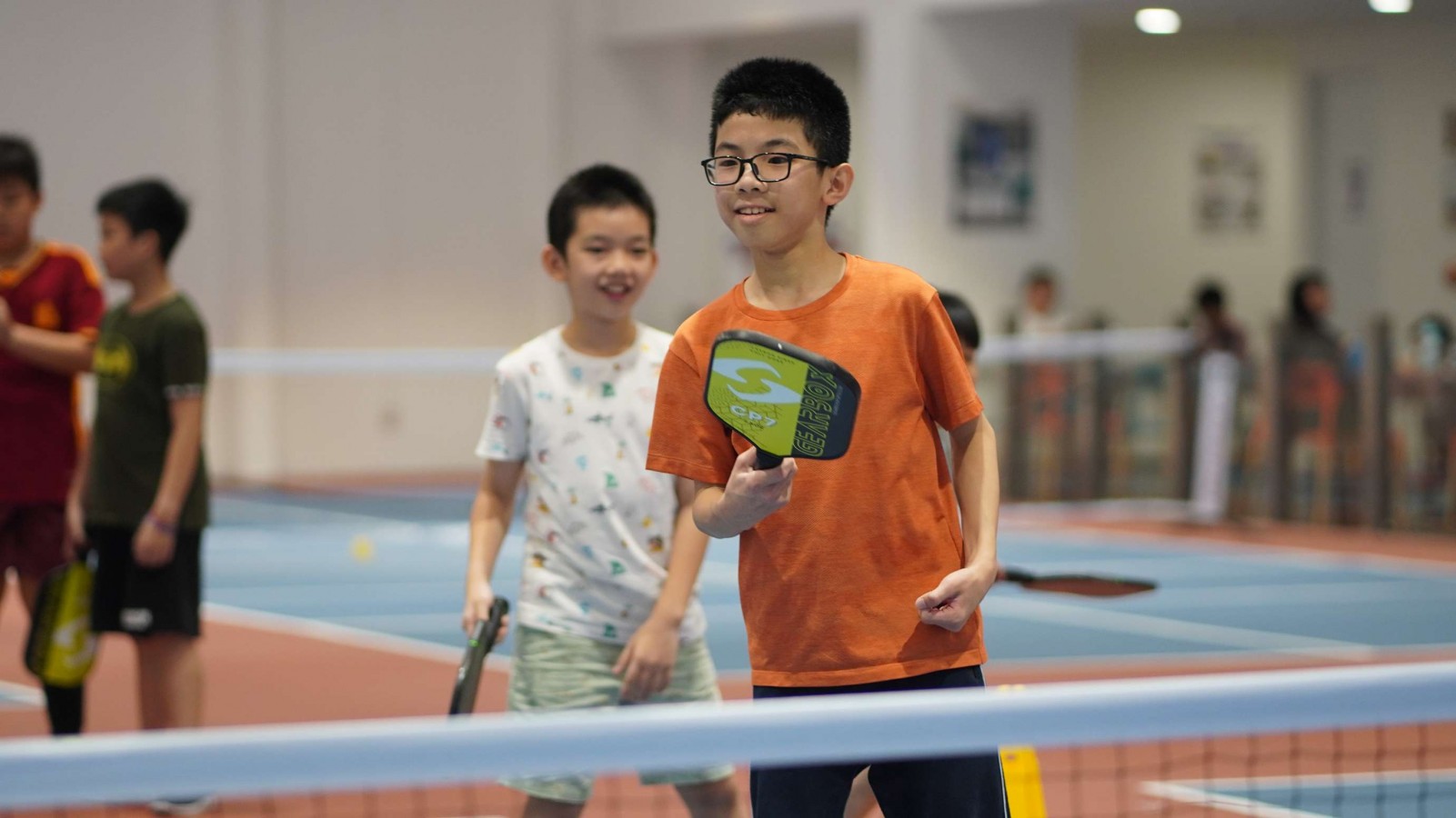Learn How to Perform Floor Gymnastics Moves

In the dazzling world of gymnastics, the floor routine stands out as a captivating blend of athleticism, grace, and artistry. Floor gymnastics, often simply referred to as "floor," is a discipline where gymnasts showcase their prowess through a choreographed routine performed on a spring-loaded floor mat.
From powerful tumbling passes to elegant dance elements, the floor exercise is a mesmerizing display of skill and precision. Let's delve into what exactly floor gymnastics entails, from the intricacies of routines to the scoring system that determines success on the mat.
What is Floor in Gymnastics?
In gymnastics, the floor refers to the exercise or routine performed on a padded mat, known as spring floor. This mat is a key apparatus in artistic gymnastics and Gymnastics Testing and Gymnastics Elite Championships.
The floor exercise routine typically involves a combination of tumbling passes, leaps, jumps, and dance elements, all choreographed to music. Gymnasts showcase their strength, agility, flexibility, and artistic flair during their floor routines, aiming to impress judges and captivate audiences with their performance.
The floor exercise provides gymnasts with an opportunity to express themselves creatively while demonstrating their mastery of various gymnastic skills.
Four Varieties of Floor Routines in Gymnastics
Various floor routines in gymnastics encompass a wide range of movements and sequences, allowing gymnasts to showcase their athleticism, artistry, and creativity. Here are some common types of floor routines:
1. A flip with at least a 360-degree twist
This floor routine element involves the gymnast executing a flip while simultaneously completing at least one full rotation (360 degrees) around their longitudinal axis.
This skill combines both acrobatics and aerial awareness, requiring precise timing and control to execute the twist mid-air while maintaining proper form throughout the flip.
2. A double back flip, with or without twists
In this advanced floor routine element, the gymnast performs two consecutive backward flips in the air, known as a double back flip.
The gymnast may choose to incorporate twists into the flips, adding an extra level of difficulty and complexity to the skill.
Executing a double back flip demands exceptional strength, power, and spatial awareness to generate enough height and rotation to complete both flips before landing safely on the mat.
3. Backward and forward tumbling
This aspect of floor routines involves a series of acrobatic skills performed both backward and forward along the length of the mat. Gymnasts may execute various tumbling passes, such as back handsprings, front handsprings, aerials, and round-offs, showcasing their versatility and mastery of tumbling techniques.
Backward tumbling typically involves skills performed with a backward rotation, while forward tumbling requires skills executed with a forward rotation, creating a dynamic and visually impressive routine.
4. Two Leaps or Hops in Succession
Leaps and hops are essential components of floor routines, adding grace, fluidity, and artistry to the performance. In this element, the gymnast performs two consecutive leaps or hops, which can be directly connected or separated by running steps.
One of the two leaps must involve a 180-degree split, where the legs are extended in opposite directions to form a straight line, showcasing the gymnast's flexibility and control in the air. Leaps and hops are often incorporated seamlessly into the choreography of the routine, enhancing the overall aesthetic appeal and musicality.
What Do Gymnasts Do?
During a floor routine, gymnasts showcase a diverse array of skills and movements that demonstrate their athleticism, artistry, and technical prowess. Here's a breakdown of what gymnasts typically do while performing on the floor:
A. Tumbling
Tumbling is a fundamental component of floor gymnastics, where gymnasts execute a series of acrobatic skills involving flips, twists, and somersaults.
These tumbling passes often include elements such as back handsprings, front flips, aerials, and round-offs, demonstrating the gymnast's power, strength, and control.
B. Combination Passes
Combination passes involve linking multiple tumbling elements together in a fluid sequence. Gymnasts strategically choreograph these passes to showcase their versatility and skill progression.
Combination passes may consist of back-to-back flips, intricate twisting sequences, or a combination of forward and backward tumbling elements.
C. Turns
Turns are another essential component of floor routines, adding elegance and technical difficulty to the performance. Gymnasts execute a variety of turns, including pirouettes, spins, and rotations on one foot or both feet.
These turns require exceptional balance, precision, and body control, contributing to the overall artistry and difficulty of the routine.
D. Jumps and Leaps
Gymnasts incorporate a wide range of jumps and leaps into their floor routines to showcase their flexibility, strength, and dynamic range of motion.
These elements include split leaps, straddle jumps, stag jumps, and wolf jumps, among others.
Gymnasts aim to achieve maximum height and extension in their jumps while maintaining proper form and technique throughout.
E. Choreography
Choreography plays a crucial role in floor routines, allowing gymnasts to express themselves artistically and engage with the music.
Gymnasts meticulously plan and execute choreographed sequences of movement, incorporating dance elements, gestures, and expressions to convey emotion and storytelling.
Choreography enhances the overall performance, creating a captivating and immersive experience for both the gymnast and the audience.
How to Score a Floor in Gymnastics?
Scoring a floor routine in gymnastics involves a combination of assessing the difficulty, execution, and artistry of the performance. Here's how the scoring process works:
1. The Difficulty Score
The Difficulty Score encompasses the total difficulty value (DV) of skills, along with the connection value (CV) and compositional requirements (CR).
This score is evaluated by two judges forming the D Panel. Each judge independently assesses the Difficulty Score, and then they collaborate to reach a consensus.
2. The Execution Score
On the other hand, the Execution Score evaluates the performance based on execution and artistry. This score is determined by six judges on the E Panel. Beginning at a score of 10, deductions are made for errors in execution, technique, or artistry.
Each judge provides their individual score for the routine, after which the highest and lowest scores are discarded. The average of the remaining four scores serves as the final Execution Score.
Experience the Thrill of Floor Gymnastics Firsthand!
The floor exercise stands as a testament to the beauty of human movement. From the soaring heights of aerial acrobatics to the delicate grace of dance, floor gymnastics encapsulates the essence of athleticism and artistry.
Are you ready to embark on a journey of athleticism, creativity, and self-discovery? Experience the excitement of our gymnastics program at Rockstar Academy, where we blend the thrill of sports with the artistry of performing arts.
As a premier Sports & Performing Arts Academy, we are dedicated to nurturing talent and empowering individuals to reach their full potential. Our free trial offers you the perfect opportunity to experience the excitement and benefits of our gymnastics program firsthand.
Under the guidance of our expert coaches, you'll receive personalized instruction tailored to your skill level and goals. Don't miss out on this fantastic opportunity to see firsthand why Rockstar Academy's gymnastics program is the perfect fit for you. Sign up for Rockstar Academy's free trial today and unleash your inner gymnastics star!
FAQ
How long is a gymnastics floor routine?
A gymnastics floor routine typically lasts between 60 to 90 seconds. This time frame allows gymnasts to showcase their skills, creativity, and artistry while maintaining a dynamic and engaging performance within the allocated time.
What is the meaning of floor activities?
Floor activities in gymnastics refer to the various movements, skills, and routines performed on the floor exercise mat, including tumbling passes, leaps, jumps, and dance elements.



